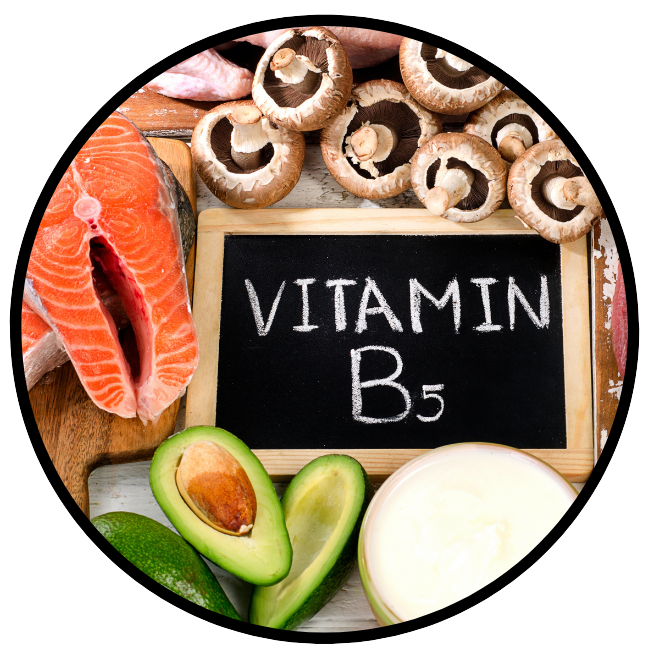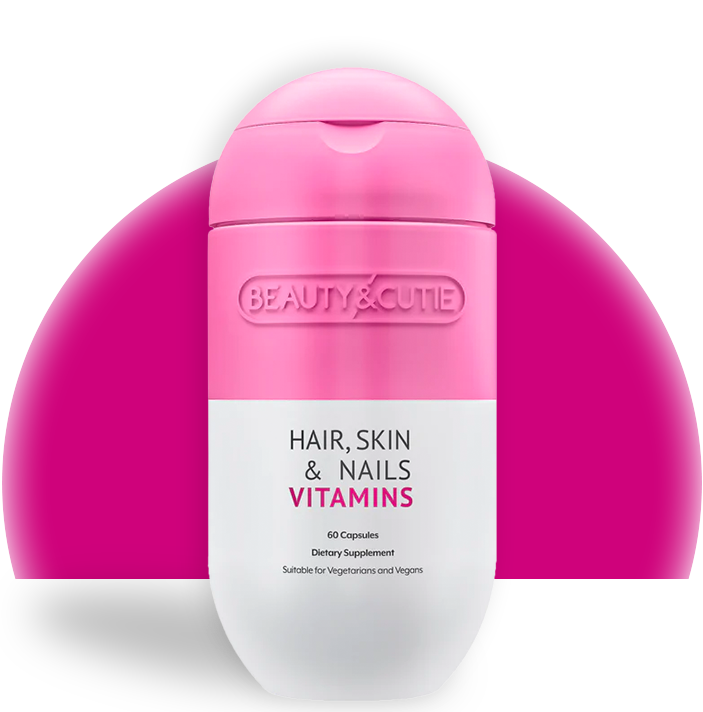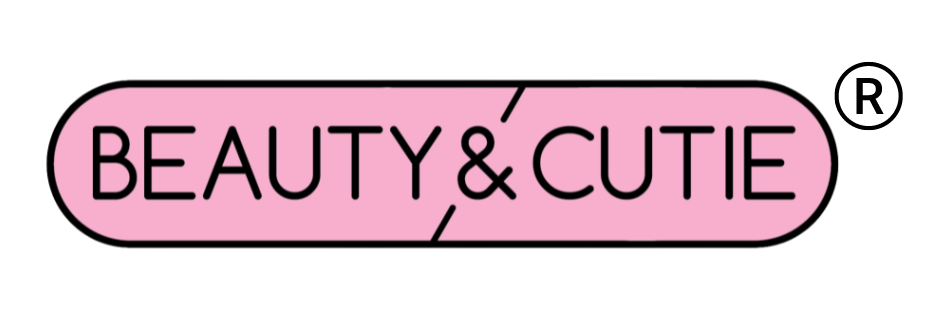
WHAT IS PANTOTHENIC ACID?
Vitamin B5 is also known as pantothenic acid and is an essential nutrient that is naturally present in some foods, supplemented in other foods, and is also commonly available as a dietary supplement. There are two main forms of pantothenic acid: dextrorotatory pantothenic acid (d-pantothenic acid) and levorotatory (l-pantothenic acid). However, only d-pantothenic acid has biological activity1, and in fact, l-pantothenic acid could negate its beneficial effects. D-pantothenic acid is water-soluble but is relatively unstable and can be destroyed by heat or other environmental conditions such as acidity or alkalinity. For this reason, we use the more stable calcium pantothenate2 as our source of vitamin B5.
Vitamin B5 is essential for the metabolism of carbohydrates, proteins, and fatty acids3. It is also important for the synthesis of lipids, cholesterol, neurotransmitters, steroid hormones, and hemoglobin.
Though animal and plant tissues contain relatively high concentrations of pantothenic acid, much of it is lost during food processing4, estimated to be between 20-80%. Food sources high in pantothenic acid include5:
- Beef liver
- Mushrooms (especially shiitake mushrooms)
- Peanuts, peanut butter
- Avocados
- Chicken
- Tuna
- Eggs and milk

Beauty & Cutie
Pantothenic acid can increase the health and moisture content of your skin, help with skin blemishes and assist with skin healing

WHY IS PANTOTHENIC ACID IN MY PRODUCT?
Vitamin B5 is an essential vitamin as it is required for the synthesis of the coenzyme CoA, which is a key component in the Krebs cycle, the process by which living cells break down organic fuel molecules provided in our food to harvest the energy those cells need to grow and divide.
As vitamin B5 is a naturally occurring substance found in many different plants and animals and frequently supplemented in other foods, deficiencies in vitamin B5 are generally rare except in people suffering from severe malnutrition. Thus, those with vitamin B5 deficiency commonly have deficiencies in other nutrients, which mask the deficiency effects that are specific to vitamin B5. An experimental vitamin B5 deficiency5 study associated the deficiency with symptoms such as fatigue, headache, mood swings, numbness, muscle and abdominal cramps, a pins and needles sensation in the hands and feet, nausea, and impaired muscle coordination. More recently, a vitamin B5 deficiency has been associated with Huntington’s disease6 and Alzheimer’s disease7 in human subjects and that supplementation may assist in treatment, though further studies are required. Levels of dietary intake of vitamin B5 level have has also been linked with markers of atherosclerosis8, the build-up of plaque on artery walls and a precursor to heart disease. Higher levels of vitamin B5 were associated with lower levels of the protein marker used to evaluate the extent of atherosclerosis.
WHAT IS THE ROLE OF PANTOTHENIC ACID FOR HAIR, SKIN AND NAILS?
There is an ample body of evidence showing how topical application of vitamin B5 as dexpanthenol (an alcoholic analogue of pantothenic acid) can increase skin moisturizing9 and barrier properties and be effective against skin irritation10. In the former study, a significant reduction in skin water loss was observed, and the importance of the role of vitamin B5 in the production of lipids in maintaining the integrity11 of the skin to prevent moisture loss was also suggested.

Also well documented is the beneficial effect of vitamin B5 to the wound healing process12, contributing to the anti-inflammatory and tissue repair processes, while also imparting antimicrobial activity. A significant contribution for the B-vitamins was observed in promoting the proliferation and migration of human skin fibroblast cells13 and keratinocytes to the wound site expediting recovery. This study in fact supported a previous report that highlighted the importance of vitamin B5 on the proliferation of keratinocytes14 and its importance to skin health.
Another benefit of vitamin B5 in skincare pertains to the treatment of acne. In a cohort of 100 patients with varying severity of acne, pantothenic acid was given orally and applied topically to the affected areas. The response of the treatment was rapid, as 1-2 days after beginning treatment, a decrease in sebum secretion was evident (ie. the skin was less oily). Within 1-2 weeks, a reduction in the frequency of new acne eruptions and a regression of existing lesions was observed, followed by a gradual and steady improvement. Further studies also support these results15, not only for treating acne but facial blemishes in general.
Vitamin B5 may also help prevent hair loss. In one study, a common form of hair loss in both men and women known as androgenetic alopecia was treated using dexpanthenol. Marked improvement16 was observed in all cases17, and prescribed to the anti-oxidative, anti-inflammatory and cellular repair capabilities of dexpanthenol. Vitamin B5 in the form of calcium pantothenate was also found to be an important contributor to regrowth of hair18 in women suffering from telogen effluvium, a form of temporary stoppage of hair growth and abnormal hair loss induced by some shock to normal hair growth process such as illness, childbirth, severe trauma or stress. It appeared to have a particularly large effect on the diameter19 of the regrown hair, giving it more body.
Vitamin B5 is also believed to have a positive effect on the health of nails, purported to increase the moisture content of the nail and improve their flexibility and strength20.
In summary, vitamin B5 is essential for your health and plays a large role in your immune system, and in the metabolism of carbohydrates, proteins, and fatty acids. It is also a key component in the synthesis of lipids, cholesterol, neurotransmitters, steroid hormones, and hemoglobin. An adequate intake of vitamin B5 can increase the health and moisture content of your skin, help with fighting off blemishes and assist with skin healing. It can reduce the effects of hair loss and potentially add body to regrown hair in certain circumstances and improve the flexibility and strength of your nails.
References:
- https://go.drugbank.com/drugs/DB01783
- https://altmedrev.com/wp-content/uploads/2019/02/v16-3-263.pdf
- https://ncit.nci.nih.gov/ncitbrowser/ConceptReport.jsp?dictionary=NCI_Thesaurus&ns=NCI_Thesaurus&code=C47783
- https://ods.od.nih.gov/factsheets/PantothenicAcid-HealthProfessional
- https://www.ncbi.nlm.nih.gov/pmc/articles/PMC1062846/
- https://pubmed.ncbi.nlm.nih.gov/31212603/
- https://pubmed.ncbi.nlm.nih.gov/32416962/
- https://pubmed.ncbi.nlm.nih.gov/28739188/
- https://pubmed.ncbi.nlm.nih.gov/10965426/
- https://pubmed.ncbi.nlm.nih.gov/14641355/
- https://pubmed.ncbi.nlm.nih.gov/3981042/
- https://pubmed.ncbi.nlm.nih.gov/31691401/
- https://pubmed.ncbi.nlm.nih.gov/29672394/
- https://pubmed.ncbi.nlm.nih.gov/21258175/
- https://pubmed.ncbi.nlm.nih.gov/24831048/
- https://pubmed.ncbi.nlm.nih.gov/32255530/
- https://pubmed.ncbi.nlm.nih.gov/32960484/
- https://www.cochranelibrary.com/central/doi/10.1002/central/CN-01738647/full
- https://pubmed.ncbi.nlm.nih.gov/28616431/
- https://pubmed.ncbi.nlm.nih.gov/18489355/
